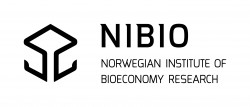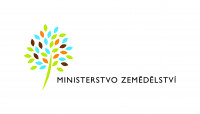An alternative type of active storage capacity control of water reservoir in dry period
Over the past few years, more frequent occurrence occurs during the dry season. In the near future it is expected that these events will occur more often, and their negative effect will have a growing trend. The current state of the stock management functions is sufficient, but due to the climatic development in the near future may be insufficient. Classic stock management function of reservoirs based on mainly from the management rules, respectively, of the control charts. The creation of these rules was directly affected by the performance of the then computing, which resulted in their considerable simplification. Today's computing performance allows you to extend the management methods used by the new so-called. Smart ways driven. The contribution will be described in a smart way of proceedings based on the principle of adaptivity. This procedure is required knowledge of hydrological forecasting water inflows to the reservoirs. Presented the management uses a deterministic prediction model. Inaccuracies are in the Management forecasts successfully eliminated adaptivitou, which demonstrate the results achieved from the proceedings. The control method is applied in the contribution to the management of the storage water tank and Vortex features. Management is for the sample done in little aqueous period, during the years 1991 and 1992. The results obtained are compared with a control procedure that uses the control chart. The results of the procedure are also for the sample compared with the alternative of a smart management, which is currently the subject of research. An alternative way of management is based on the appropriate combination of the optimization model and method of Support vector machines.
MENŠÍK, P.; STARÝ, M.; MARTON, D. Alternativní způsob řízení zásobní funkce nádrže v málo vodném období. In XXXV. Přehradní dny 2016, Sborník příspěvků – svazek 1. – témata 1 a 2. Praha: České vysoké učení technické v Praze, 2016. s. 41-46. ISBN: 978-80-01-05969- 2.
























